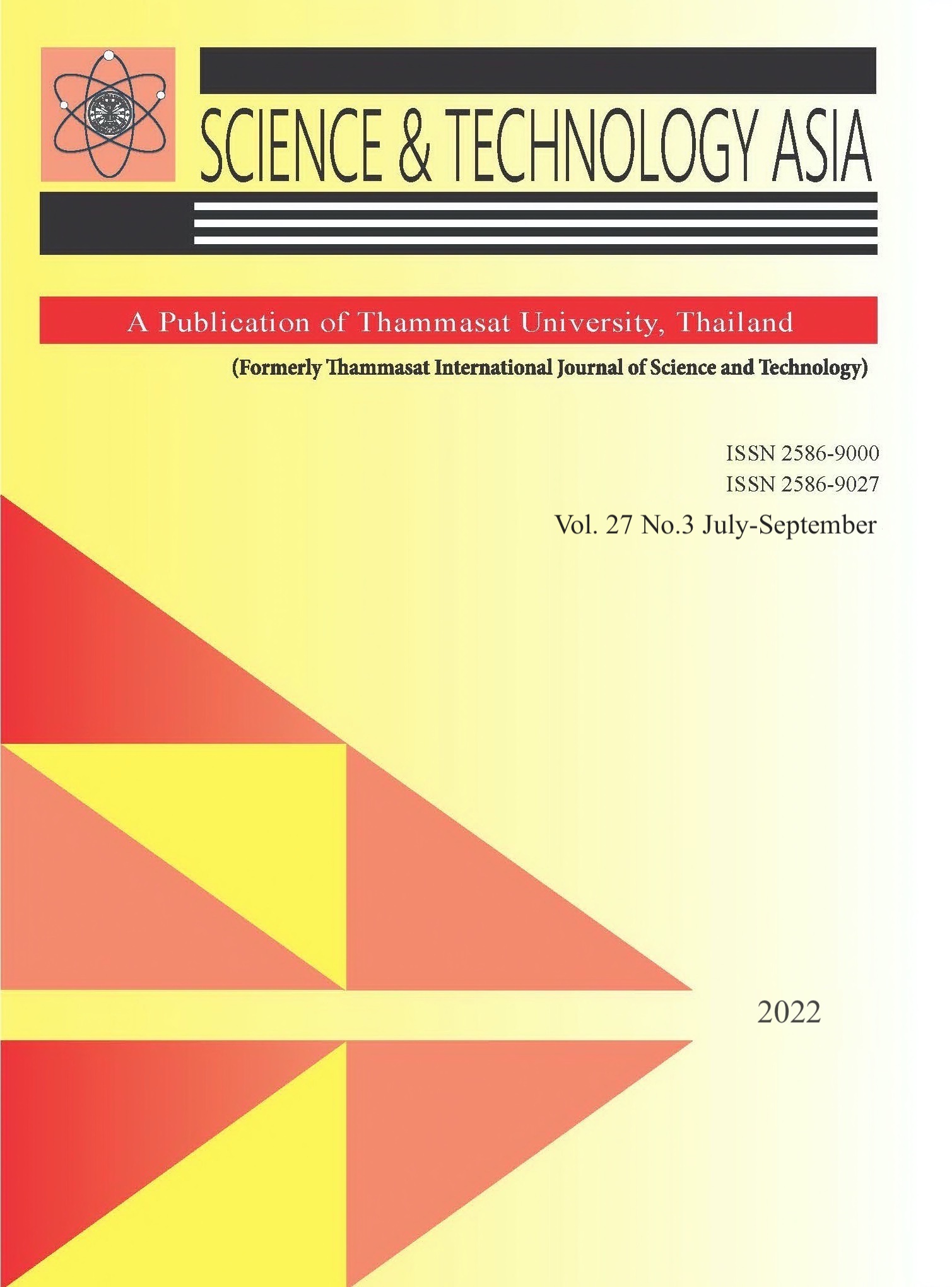Dolomite Characteristic from Natural Material and its Application as an Antibacterial
Main Article Content
Abstract
The remaining food left in the human oral cavity may cause bacteria to grow and develop more efficiently so that it will cause various oral diseases such as periodontitis, caries, and inflammation of the oral cavity. Bacteria that develop in the human oral cavity include Staphylococcus aureus, Escherichia coli, and Streptococcus mutans. Concerning the phenomenon, dolomite contains CaCO3/MgO, of which the compound can be used as an antibacterial material because of its ability to inhibit bacterial activity. Dolomite preparation was carried out by heating at a temperature of 700°C for 1 hour. The calcined powder obtained was characterized by XRD, BET, FTIR, and TEM and used in antibacterial testing. Characterization results showed that dolomite consists of 47.1% CaCO3 and 35.9% MgO, with a dolomite powder particle size of 49.49 nm. The surface area of dolomite powder was 174.154 m2/g with a pore size of 84.94708 - 264.4389 nm, classified in the macropore category. Increase absorption at 500 cm-1 and 530 cm-1 corresponded to the MgO functional groups, and 1437 cm-1 corresponded to functional group of carbonate ions. Antibacterial activities of dolomite against Staphylococcus aureus and Escherichia coli bacteria were effective at a concentration of 40 g/liter. For the antibacterial activity against Streptococcus mutans bacteria, dolomite powder was effective at a concentration of 50 g/liter.
Article Details

This work is licensed under a Creative Commons Attribution-NonCommercial-NoDerivatives 4.0 International License.


